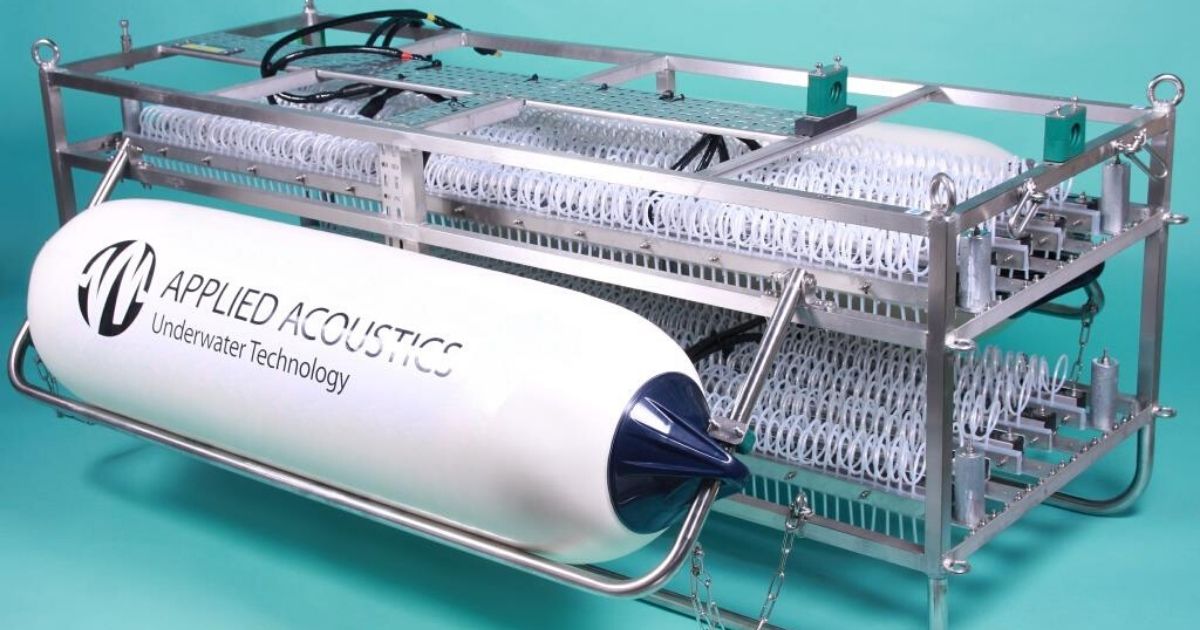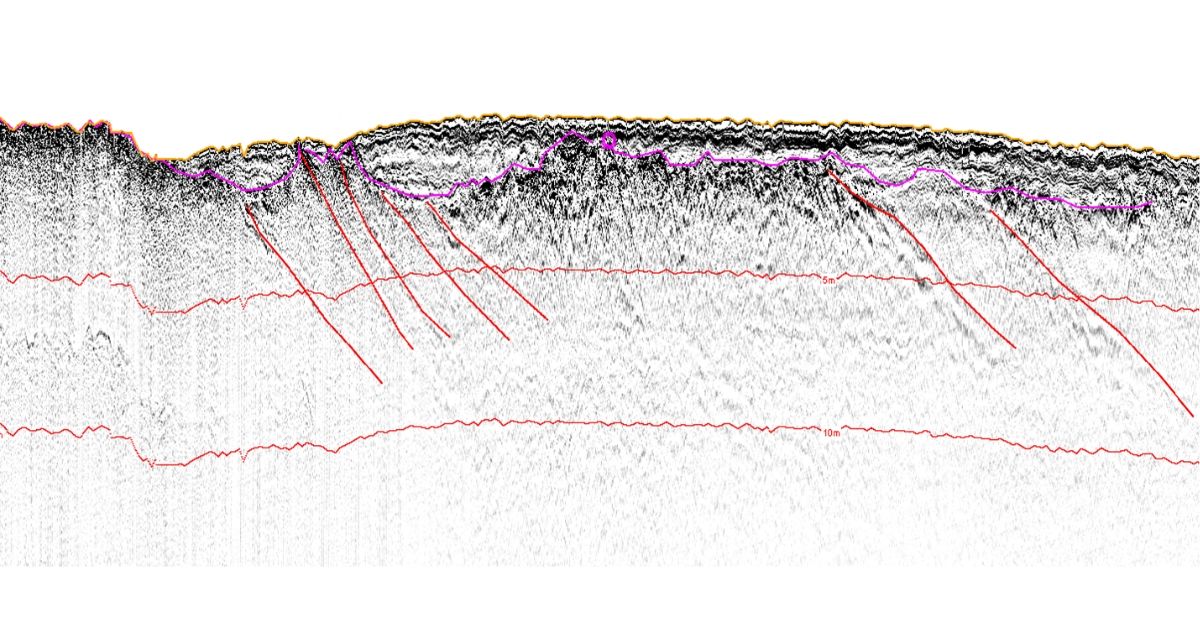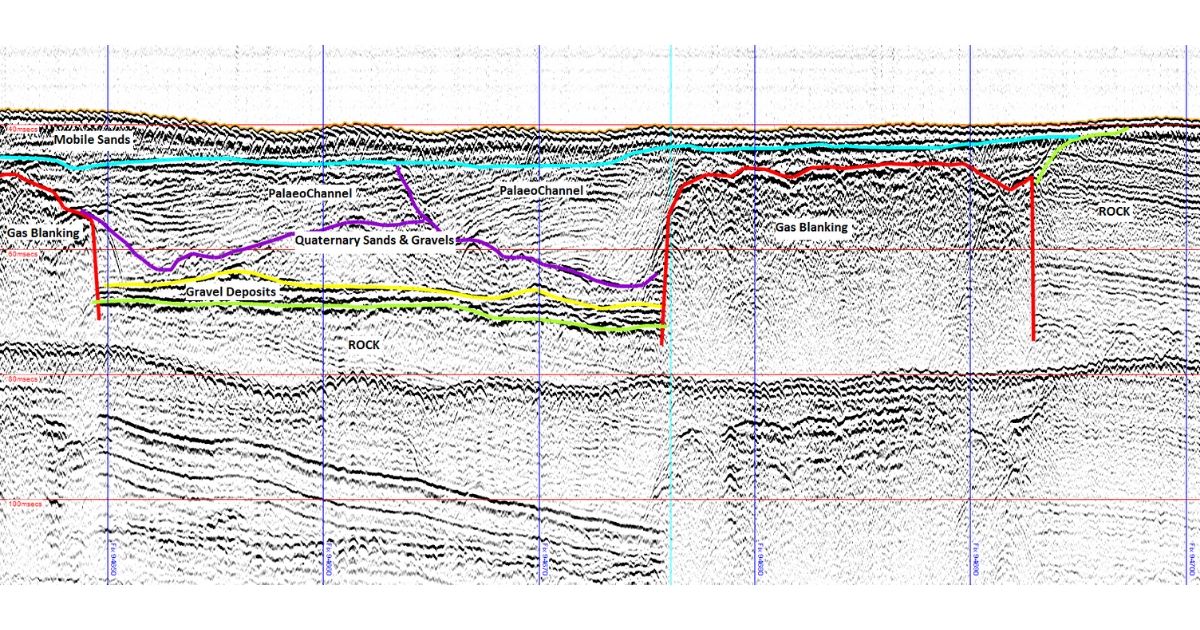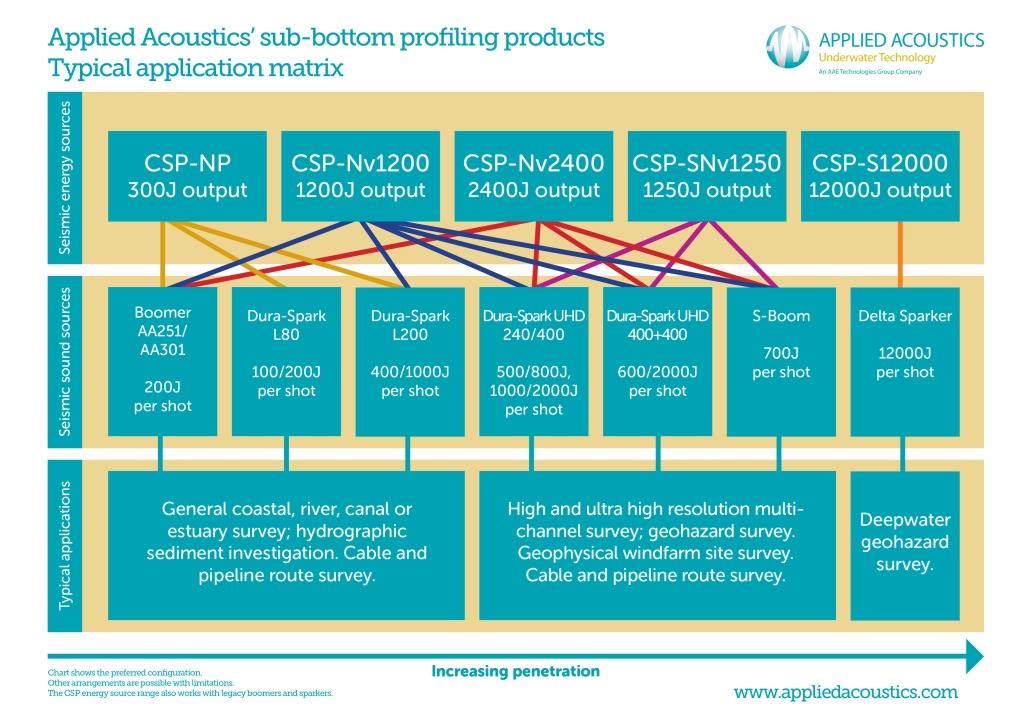Offshore Wind Development Using AAE’s Geological Survey Systems

The selection of suitable sites for offshore wind development is an extremely complex issue that takes into account many factors including water depth limitations, environmental restrictions and the potential maximum distance from onshore assets.
However, one of the critical elements in site selection for these installations are geological restrictions, and this is an area where the expertise of Applied Acoustic Engineering (AAE) is helping to shape the landscape of the industry.
Prior to the construction of an offshore wind facility, site characterization surveys are required to evaluate the impact of seafloor and sub-seafloor (sub-bottom) conditions on the construction, operation and structural integrity of the proposed area.
 Example profile. Courtesy Aspect Surveys
Example profile. Courtesy Aspect Surveys
Surveys requiring the acquisition of geophysical information are typically carried out using surface towed sensors, with AAE’s range of sub-bottom profiling systems leading the way in terms of data quality and adaptability. AAE’s boomer and sparker systems are being utilized to collect site-specific data such as stratigraphy, sediment variability and structure, buried boulders and rocky outcrops. Geomorphological features such as faults and folds can also be detected as well as the presence of shallow gas pockets and other potential geo-hazards. The method used to achieve this is a seismic reflection technique that relies on the interpretation of reflections from acoustic impedance changes at geologic formation boundaries.
 Example profile. Courtesy Osiris Projects & E.On
Example profile. Courtesy Osiris Projects & E.On
Each AAE system consists of a vessel based seismic energy source (a CSP power supply); a seismic sound source towed on the sea surface (boomer or sparker); single or multi-channel hydrophone streamers that receive the reflected signals, and data acquisition and processing software. Offering a modular range of sub-bottom profiling products, AAE is able to configure systems that can be used aboard any size of survey vessel and for varying conditions of geological states and water depths.
Whilst AAE produces an extensive range of geological survey systems, the S-Boom triple boomer and the Dura-Spark sparkers are particularly adept in shallow waters in which these site surveys and cable route surveys are generally carried out. Four seismic sound source sparkers are available for these applications, ranging from the L80, a lightweight 80 tip sparker used extensively in very shallow areas, coastal or estuarine surveys, up to the twin-deck UHD 400 + 400, which features ‘tuneable’ twin banks of electrode tips that can provide the highest resolution data for windfarm site survey applications.
 Sub-bottom profiling application matrix
Sub-bottom profiling application matrix
In addition to the geological information acquired with the towed sub-bottom profiler, AAE also provides positional information of the hydrophones through the use of 101G MiniPod submersible GNSS receivers. The MiniPods can be installed on the head and tail buoys of the hydrophone streamers to confirm their precise position enabling geo-referencing of the geological data.
When integrated with geo-technical results from core samples, borings and data from bathymetric and other surface condition surveys, the data collected using AAE sub-bottom systems provides a key insight that ultimately helps to determine the suitability of proposed offshore installations, helping to create and sustain the future of renewable offshore energy.
Find out more here.

